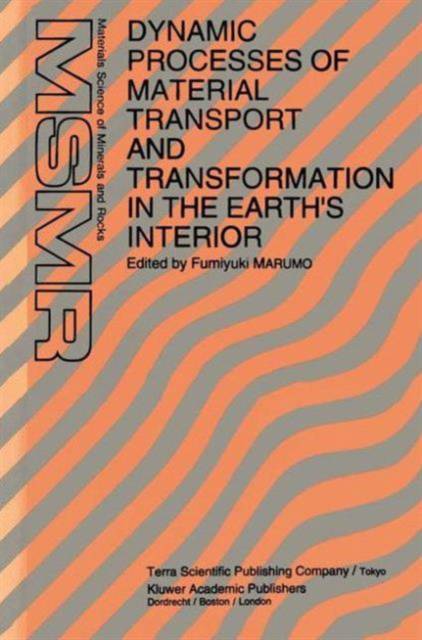
- Retrait gratuit dans votre magasin Club
- 7.000.000 titres dans notre catalogue
- Payer en toute sécurité
- Toujours un magasin près de chez vous
- Retrait gratuit dans votre magasin Club
- 7.000.0000 titres dans notre catalogue
- Payer en toute sécurité
- Toujours un magasin près de chez vous
Dynamic Processes of Material Transport and Transformation in the Earth's Interior
100,95 €
+ 201 points
Description
The knowledge on materials of the Earth's interior has largely increased during the last twenty years owing to the development of high-pressure and high- temperature techniques for material syntheses. We have now reasonable ideas on the major constituents of down to the lower mantle the Earth's interior in connection to the velocities of seismic waves. However, the studies of the materials science on the Earth have practically confined within the scope of phase equilibria to date, aiming at the elucidation of the static state of the present Earth. Of course, it is the ultimate goal for the earth-scientists to reveal the process of formation of the Earth and the subsequent changes occuring to the present. With the intention to approach this goal, a research program titled "Dynamic Processes of Material Transport and Transformation in the Earth's Interior" was organized in 1985 under the collaboration of geoscientists, material-scientists, physicists and chemists. The program was took effect during the period from 1986 to 1988 with the support of Grant-in-Aids for Special Research Project of the Ministry of Education, Science and Culture. Eleven research groups were organized and more than one hundred scientists contributed in this project. The field covered by the project ranged from the atomic scale changes in individual minerals to the large scale transport and transformation of materials concerned with the dynamics of magma and mantle materials.
Spécifications
Parties prenantes
- Editeur:
Contenu
- Nombre de pages :
- 530
- Langue:
- Anglais
- Collection :
Caractéristiques
- EAN:
- 9780792310754
- Date de parution :
- 31-08-91
- Format:
- Livre relié
- Format numérique:
- Genaaid
- Poids :
- 939 g

Les avis
Nous publions uniquement les avis qui respectent les conditions requises. Consultez nos conditions pour les avis.





